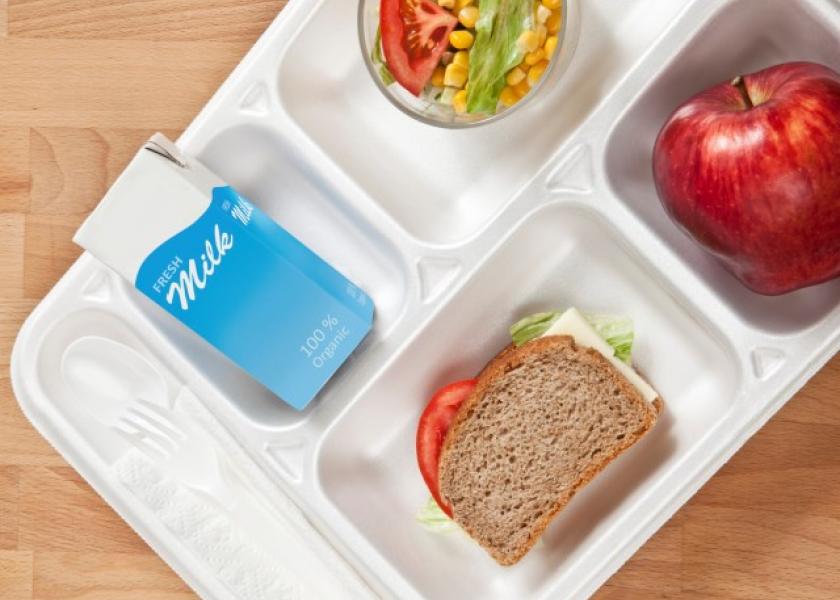On-Site Learning Should Lift Milk Consumption

As many of the nation’s school kids head back to the classroom, demand for milk in the school feeding programs is sure to increase, but whether it will return to pre-pandemic levels this school year is still uncertain.
Betty Berning, analyst with the Daily Dairy Report, says that “almost half of United States public school students are back in session, especially in the Southern part of the country, and with that, demand for school milk increases.”
Prior to the disruption caused by the pandemic, nearly 7.5 billion breakfasts and lunches were served between March 2019 and February 2020, through the National School Lunch Program (NSLP) and the School Breakfast Program (SBP), according to USDA data. However, between March 2020, when stay-at-home orders began, and February 2021, meals served in the two programs declined by nearly a third, by about 2.2 billion.
“Assuming each meal would have contained a half-pint of milk, the reduction in overall meals served equates to 137.5 million gallons of milk, or about 1.183 billion pounds,” Berning says. “That’s roughly 100 million pounds less than what the entire state of Texas produced in June.”
Many students learned from home during the 2020-21 school year, and even though they were not consuming milk via the school feeding programs, they may have consumed milk at home. But it’s likely they did not drink enough to offset the loss of milk served at school,” she adds.
Prior to the pandemic about 75% of students in the lunch and breakfast programs participated in the free or reduced lunch program, which is open to low-income families. As part of the Families First Coronavirus Response Act, USDA’s Food and Nutrition Services extended its free lunch program, through June 30, 2022.
“That means that free lunches will be available to students for the entire 2021-22 school year,” Berning notes. “The extension of the free lunch program could increase dairy product consumption to families who may not be able always to afford these products. With more schools planning for in-person learning this fall, along with free lunches, it’s likely that the number of meals served by the school lunch and breakfast programs will improve from their pandemic levels.”
Fluid milk consumption has been declining since at least 1975, and milk served in schools is a significant portion of total milk consumption, according to Berning.
In 2019, for example, when fluid milk sales totaled 46 billion pounds of milk, school milk accounted for as much as 10% of the total fluid market.
According to Berning’s calculations, just over 4 billion pounds of milk was served through the school feeding programs in the year prior to the pandemic. If these programs were to recover to 75% of their pre-pandemic participation this school year, the programs would consume 3 billion pounds of milk, she says.
“Even with a promising start to the school year, school milk utilization remains a big unknown, particularly with the Delta variant surging in many states, no vaccination approved for children under 12, and only about half of the U.S. population fully vaccinated,” Berning says. “The free lunch program and schools opening for in-person learning point to short-term improvement, but the fate of school milk beyond September is unclear.”







